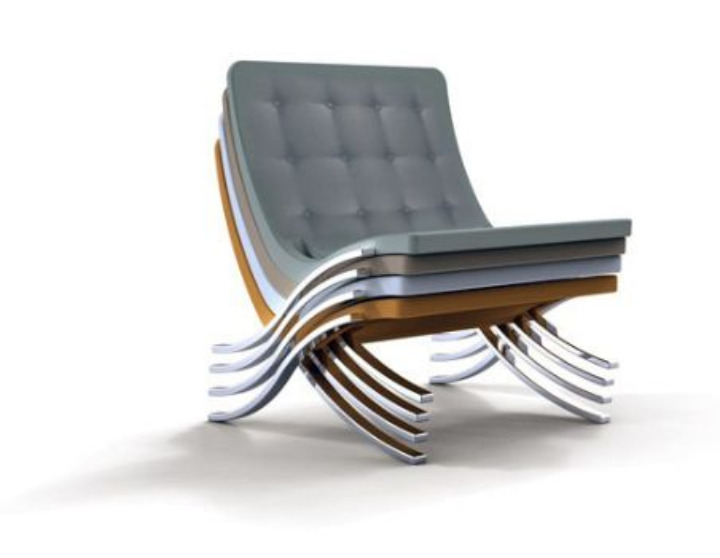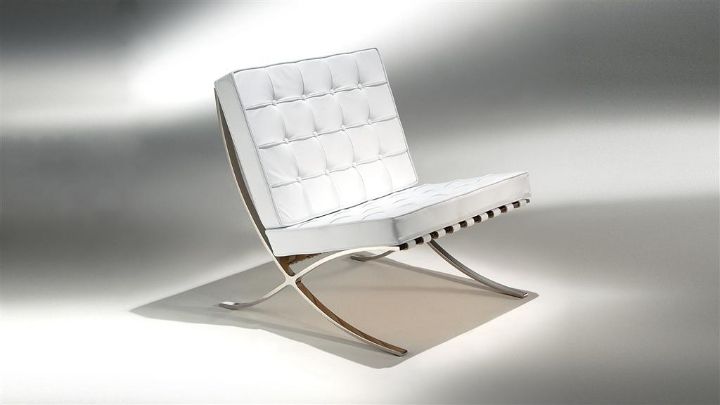The "Barcelona" 1929 from a seat that has become an icon of modern design, was designed by Ludwig Mies van der Rohe on the occasion ofBarcelona Universal Exposition, for the German pavilion (also by Mies van der Rohe). A symbol of elegance, refinement that gives a touch of class to every interior it furnishes, embraces a new challenge, that of adapting to the outside, while maintaining its timeless charm.
BARCELONA ARMCHAIR / LUDWIG MIES VAN DER ROHE
Can a single session, even if it is the ARMCHAIR BARCELONA by Mies van der Rohe, Become an icon? The symbol of a historical period like a building? And its design to be more complex than that of a skyscraper?
The German Pavilion at the 1929 Barcelona Universal Exposition / Mies van der Rohe
For an inexperienced eye, how can it be that of a casual tourist, and already full of the wonders present in the city of Barcelona, the little Mies Pavilion could remain undetected. Located in one of the most beautiful places in this city, with wide open spaces, green and extensive sports facilities, the neighborhood Montjuic, being in front of this small and square pavilion can surprise you. But if you delve into its true meaning the Pavilion that Ludwig Mies van der Rohe built for the Universal Exposition held in the Spanish city in 1929, is the third among the most emblematic works of the code-rationalist style, after the Bauhaus and Villa Savoye.


